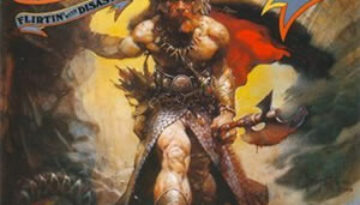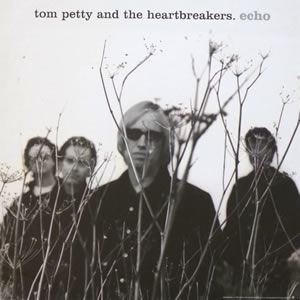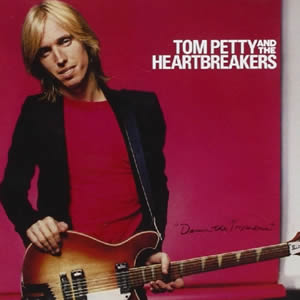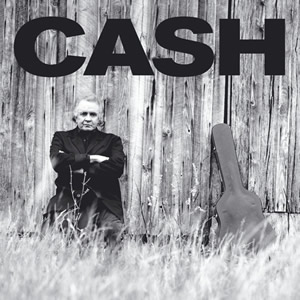Flirtin’ With Disaster
by Molly Hatchet
Buy Flirtin’ With Disaster Molly Hatchet‘s great wall of distorted guitars found its high point on their second studio album Flirtin’ with Disaster, released in 1979. Like Lynard Skynard on steroids, this album […]




